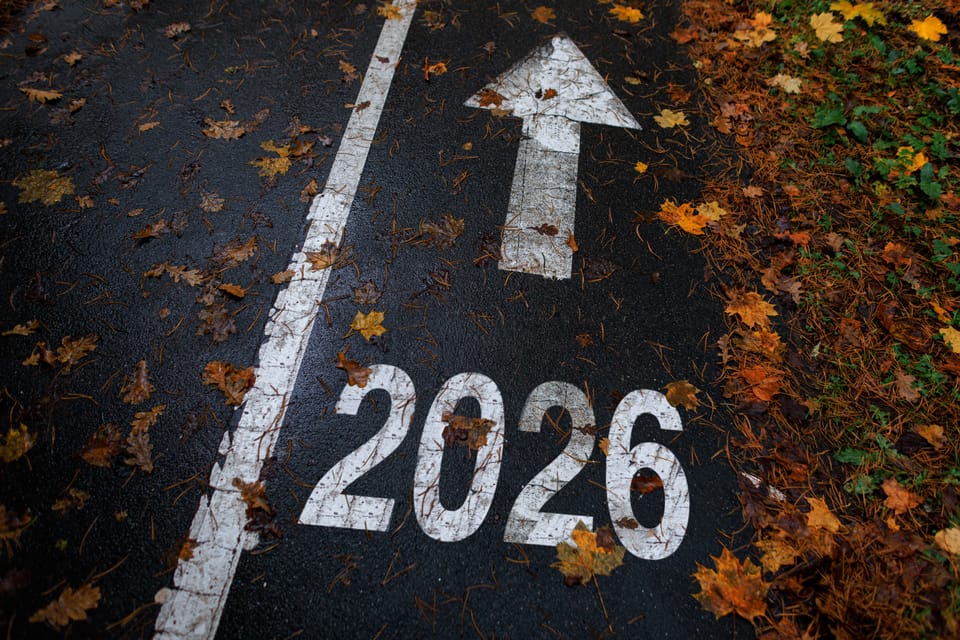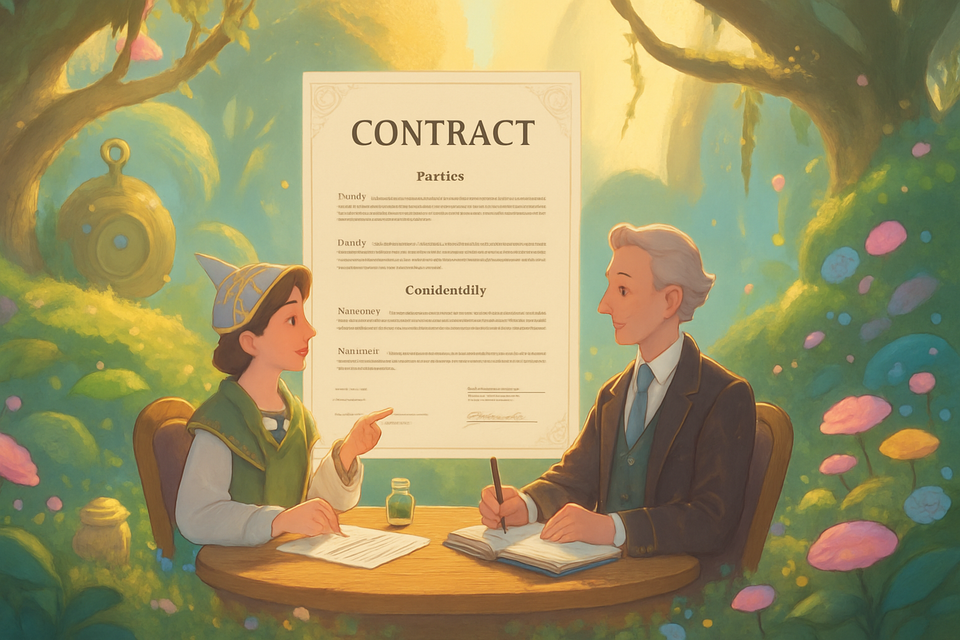How 179,000 Amex Points Became $18,380
Six seats. $18,000 each. Sold out months in advance. Yet our Orlando accountant flew Japan Airlines First Class for 179,000 points - turning $47K of business expenses into $18K of tax-free yield. That’s not luck. That’s 39% Return on Spend hiding in his ledger.


If You Only Had 60 Seconds to Read This Article
| Click Here 🤏🏻
Japan Airlines First Class is a scarcity asset disguised as a seat - $18,000+ retail, eight suites, and one of the most coveted transpacific experiences money can buy. But through Qantas Frequent Flyer, that same seat costs 179,000 points. The accountant in this case didn’t find a loophole; he built a yield machine. By combining cards strategically across Amex Platinum, Amex Gold Biz, Amex Gold, and Capital One, he engineered a 3.8x average earn rate - meaning every dollar spent multiplied itself before redemption even began.
When those 179,000 points unlocked $18,380 of value, his effective redemption hit 10.27¢ per point. That yield alone would be elite - but when you account for his earn rate, the Return on Spend (RoS) explodes to 39%. For every dollar his business spent, he extracted $0.39 of tax-free, lifestyle-equivalent return. Compare that to 1.5% cashback - the accountant’s “safe” choice - and it’s not even a contest. Cashback would have taken 81 months of continuous spending to reach the same outcome. Points did it in one cycle.
The math reframes travel as a financial instrument. Cashback is static yield - capped, taxable, and emotionally neutral. Points are dynamic yield - leveraged, tax-free, and compounding through partner networks. The accountant didn’t chase rewards; he arbitraged inefficiencies. He turned $47,105 of necessary business spend into $18,380 of experiential value. That’s not travel hacking; it’s capital efficiency applied to the loyalty economy.
We call this Return on Spend - the metric that transforms loyalty programs into balance sheet assets. At scale, a $200K company spend optimized like this can quietly produce a 9.5% non-cash yield. Multiply that across SMBs and you get an untapped economy of value - a parallel financial system hiding in plain sight. Cashback gives you liquidity. Points give you velocity. And when managed right, they don’t just fund travel - they compound it.
Everything else you need to know is just below 👇🏻
🎞️: Powered by NotebookLM @ UpNonStop
Japan Airlines’ First Class from JFK to HND is a masterclass in scarcity. Eight suites, each selling for over $18K roundtrip. But to a Qantas Frequent Flyer, those same suites are available for 179,000 points + minimal taxes.
That’s not magic - that’s market inefficiency.
Qantas buys these seats wholesale from JAL at a negotiated rate. Banks buy Qantas points in bulk to feed their credit card programs. You, the cardholder, are the end of that chain. But with the right combination of earn and transfer strategy, you can reverse it. You can become the one extracting profit from that pipeline, not funding it.
Let’s quantify it:
- Retail ticket value: $18,380
- Points used: 179,000
- Effective redemption value: $18,380 ÷ 179,000 = 10.27¢ per point
In the loyalty world, 10¢ per point is near-mythical. Even high-end business class redemptions rarely cross 5-6¢. Most consumers average 1-2¢ - and that’s before considering how they earn.
But this wasn’t luck. It was designed.
The Earn Side: Building 3.8x Efficiency
Our accountant wasn’t collecting points - he was structuring them. His average earn rate across multiple cards was a deliberate balance of category bonuses and liquidity.
| Card | Key Category | Earn Rate | % of Spend | Weighted Contribution |
|---|---|---|---|---|
| Amex Platinum | Flights | 5x | 15% | 0.75 |
| Amex Gold Biz | Advertising / Dining | 4x | 40% | 1.6 |
| Amex Gold | F&B | 3x | 25% | 0.75 |
| Capital One | General | 2x | 20% | 0.4 |
| Weighted Average | 100% | 3.8x |
Every $1 spent therefore earned 3.8 points. But here’s where the UpNonStop math kicks in - points alone mean nothing until you convert them into a measurable yield.
With an annual card spend is $180,000.
That’s 684,000 points earned per year on average (180,000 × 3.8).
Now... 179,000 of those points just bought an $18,380 flight. That’s 26% of his annual point balance generating a cash-equivalent return of $18,380.
That’s not a travel hack - it’s yield optimization.
Return on Spend: Where Finance Meets Travel
Most businesses measure ROI in revenue or margin. But Return on Spend (RoS) reframes loyalty from a gimmick into a financial metric. It asks one simple question: “What is the total redeemable value per dollar spent?”
For this accountant:
- 179,000 points → $18,380 redemption
- Each point → 10.27¢ value
- Earn rate → 3.8x
So his RoS = 3.8 × $0.1027 = $0.39 per $1.
That’s 39% yield on spend - in tax-free, lifestyle-equivalent value.
Now, compare that to a standard 1.5% cashback program:
- On $180,000 spend, cashback returns $2,700.
- The JAL redemption generated $18,380.
The delta: $15,680 of incremental gain from points strategy.
To match that using cashback alone, you’d need 26.3 months of continuous spending (more than two years) just to equal the yield of a single strategic redemption.
This is the compounding travel capital principle in practice.
Cashback vs. Points: The Illusion of “Safety”
Cashback feels clean. Predictable. Liquid. It’s also the worst performing “safe” asset class in the travel finance universe.
Let’s deconstruct it like an accountant would.
| Metric | Cashback Card | Points Strategy |
|---|---|---|
| Average Return | 1.5% | 10–40% |
| Liquidity | Immediate | Deferred |
| Volatility | None | Moderate |
| Tax Implications | Taxable Rebate (business dependent) | Tax-Free Travel Value |
| Emotional ROI | Zero | Transformational |
| Compounding Potential | None | High (via partner transfers, multipliers, and sweet spots) |
Cashback pays you a small guaranteed yield - but that yield caps your upside. Points are a leveraged currency; their value depends on how intelligently they’re earned and redeemed.
Our accountant’s decision wasn’t about a trip to Tokyo. It was about capital allocation. He traded certainty for scalability.
He could’ve earned $2,700 in cash and called it a day. Instead, he extracted $18,380 of non-taxable value - and experienced it 35,000 feet in the air with Krug and caviar.
That’s not luxury. That’s ROI with better lighting.
Positioning Costs: The Only Variable Left
Yes, he’ll position from Orlando to JFK separately.
Let’s assign a reasonable cost - say $250 one-way, $500 roundtrip in economy.
Even after factoring that in:
Adjusted Value: $17,880
Yield drops slightly, from 10.27¢ to 9.99¢ per point.
Still extraordinary - still more than 9x the national average redemption efficiency.
Even if he had spent 10,000 additional points to position (which he didn’t), his return would still exceed 9.5¢/pt.
The Redemption Chain: From Ledger to Lounge
To understand how profound this is, follow the economic trail:
- Amex buys Qantas points in bulk.
- Qantas buys JAL First Class seats at a discount.
- You earn points from Amex’s marketing budget.
- You then redeem those points at full retail value.
Each intermediary profits from the spread - until someone inverts it. That’s what this accountant did.
He didn’t chase bonuses. He arbitraged them.
When you use points to offset luxury travel, you’re collapsing three layers of corporate margin into one personal gain. That’s the financial sophistication hiding behind the word “redemption.”
Redemption Yield: The Multiplicative Math
The formula for redemption yield looks deceptively simple:
Step 1: (Redemption Value ÷ Points Used) = Redemption Rate
Step 2: Redemption Rate × Earn Rate = Return on Spend
But the compounding comes from the multiplier of multipliers - the chain effect of optimizing earn categories, timing transfers, and booking sweet spots.
Plug his numbers in:
- Redemption value: $18,380
- Points used: 179,000
- Earn rate: 3.8
That’s 39.1% RoS, identical to our earlier calculation.
It’s not theoretical math - it’s a performance metric.
Every dollar this accountant spent last year returned 39¢ of value in travel.
Not all in one go, but realized through strategy.
From Ledger Lines to Flight Lines
The irony of this case: it’s an accountant (the one profession trained to see value as numbers, not experiences) who found the emotional side of efficiency.
He didn’t spend more. He just spent better.
He diversified earn categories like asset classes:
- 15% in 5x (high volatility, high return)
- 40% in 4x (steady earners)
- 25% in 3x (category diversification)
- 20% in 2x (liquidity buffer)
He monitored balances not for cashflow, but for redemption liquidity.
He treated transfer partners like foreign exchange rates - waiting for optimal transfer ratios and award seat releases.
The result wasn’t luck - it was accounting.
Deconstructing “Free”
Every “free flight” costs something. The question is what it returns.
The average cardholder sees points as deferred discounts - intangible extras.
The UpNonStop perspective sees them as unrealized gains.
179,000 Qantas points weren’t free. They were earned through $47,105 of category spend (179,000 ÷ 3.8).
That’s $47K in expenses his business was already going to incur. By optimizing the earn side, he converted that operational cost into an $18K yield event.
In accounting terms:
- Revenue neutral (spend was necessary)
- Cost fixed
- Yield variable (and maximized)
The result? A travel dividend extracted from everyday operations.
The UpNonStop View: Travel Finance as Asset Management
What makes this case pure UpNonStop is that it reframes redemption not as leisure, but as financial leverage.
You’re not booking flights. You’re reallocating value.
You’re not earning points. You’re generating yield on spend.
For Small and Medium Size Businesses, that’s transformative.
A $200K annual card budget with a 3.8x average earn rate produces 760,000 transferable points. If even one-fourth of that is redeemed at this efficiency (10¢/pt), that’s $19,000 in non-cash return - a 9.5% baseline on total spend, tax-free.
Now scale that across a company with $2M in annual card transactions. You’re talking about six-figure value flows that most firms simply forfeit by defaulting to cashback.
That’s the unseen ROI that built the Ghost Economy - and it’s exactly what UpNonStop exists to reclaim.
The 26-Month Gap: Quantifying the Cashback Opportunity Cost
Let’s return to the simplest comparison: 1.5% cashback vs. 39% return on spend.
To produce $18,380 in cashback, our accountant would need 1,225,333 dollars of spend. At his average monthly card volume (~$15K), that’s 81.7 months - nearly 7 years of spending.
Even if you assume a more aggressive 2.5% cashback program: 735,200 dollars of spend. That’s 49 months - over 4 years.
This redemption did it in 12 months of optimized earn, converted once, and realized instantly.
Final Ledger: The Accountant’s ROI
| Metric | Value |
|---|---|
| Retail Fare | $18,380 |
| Points Redeemed | 179,000 |
| Value per Point | 10.27¢ |
| Average Earn Rate | 3.8x |
| Return on Spend | 39.1% |
| Equivalent Cashback Return | 1.5% |
| Cashback Months Needed to Match | 81.7 months |
| Net Incremental Gain | $15,680 |
| Positioning Cost | $500 |
| Adjusted RoS | 38.6% |
That’s the kind of spreadsheet math worth flying for.
Closing Thought: The New Definition of “Balance Sheet”
For our Orlando accountant, the story ends in a suite 35,000 feet above the Pacific - but it started in QuickBooks.
Points are an alternate balance sheet. They represent deferred yield waiting for strategic release. The only difference between a mile hoarder and a yield optimizer is the ability to quantify that release.
Cashback closes the loop; points open it.
One ends at the statement. The other compounds at cruising altitude.




